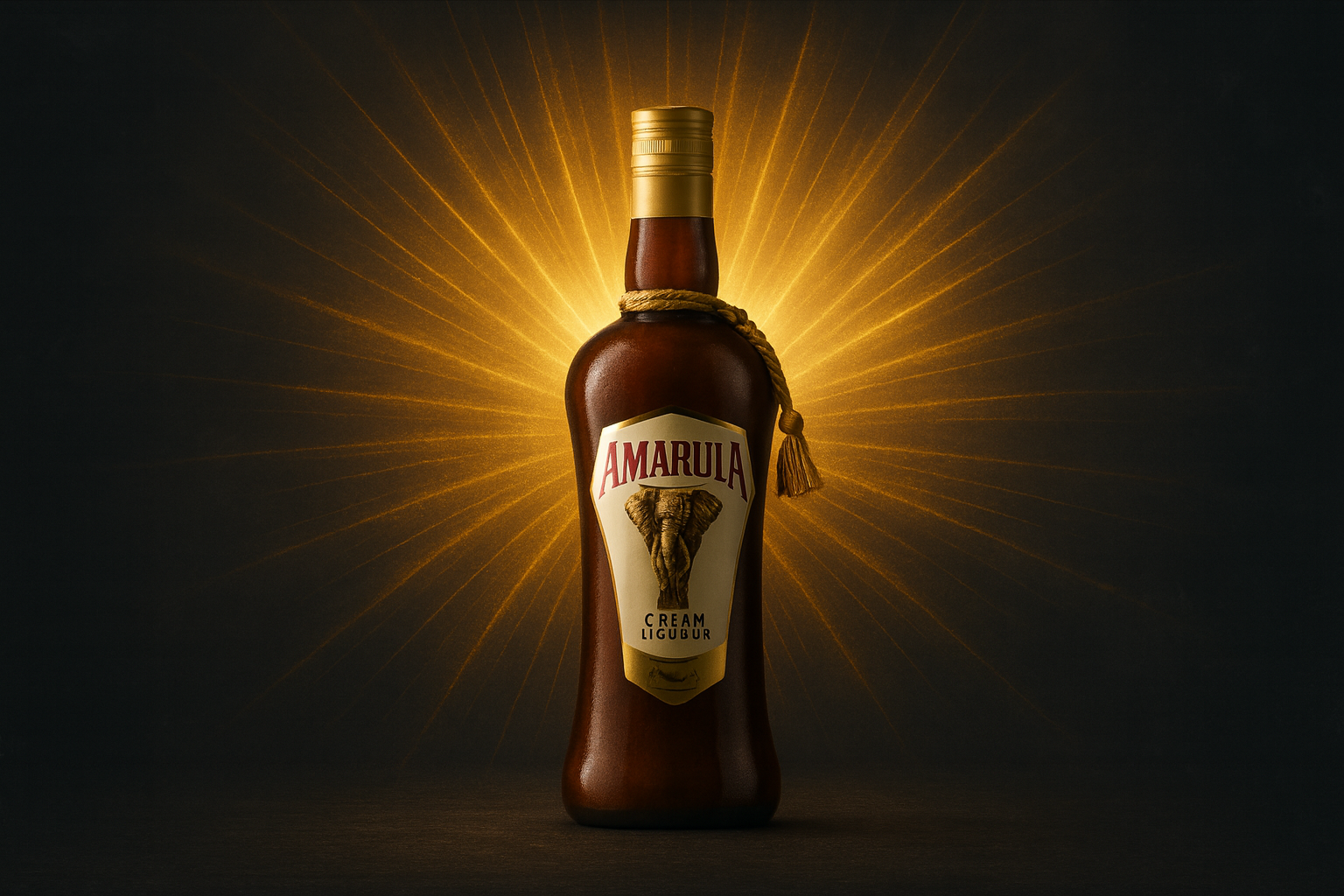How courts moved from requiring proof of harm to recognising unfair advantage alone
For years, dilution was the sleeping giant of South African trade mark law. It sat in section 34(1)(c) of the Trade Marks Act (used in infringement proceedings to stop unauthorised use) and section 10(17) (used in opposition or cancellation proceedings to prevent registration). Both promise protection for well-known marks even without confusion – but courts were long reluctant to use them.
This article tracks the evolution of dilution in South Africa: from the cautious early years, when harm had to be proven, to recent cases where unfair advantage alone has been enough to block or stop use.
The starting point: what is dilution?
Most trade mark law is about confusion. If your use of a similar looking, sounding or meaning name makes consumers think your goods or services come from me, that’s infringement.
Dilution is different. It protects the selling power of a well-known mark – its distinctiveness, reputation – it’s ‘aura’, – even when there’s no confusion.
Three scenarios are typically cited:
-
Blurring — the mark’s ability to stand out as a unique identifier is weakened.
-
Tarnishment — the mark is associated with unsavoury or harmful products.
-
Unfair advantage — the junior mark takes a free ride on the senior mark’s reputation.
This was a “radical departure”, as the South African Supreme Court of Appeals (SCA) said in Commercial Autoglass v BMW (2007 (6) SA 637 (SCA)), because it created a new cause of action beyond confusion.
The cautious years: harm required
Despite the bold wording, early cases applied dilution cautiously.
-
Laugh It Off v SAB (2006 (1) SA 144 (CC)) was a landmark Constitutional Court case emphasizing that free expression and substantial harm must be balanced. SAB tried to stop parody T-shirts that mimicked the CARLING BLACK LABEL brand. The Constitutional Court refused: parody alone was not dilution, unless SAB could prove real economic harm. The constitutional right to freedom expression weighed heavily. This case established the principle that parody or satire will not be restrained unless evidence shows a likelihood of serious economic harm to the mark’s selling power. Established that flimsy or negligible prejudice is not enough.
-
Adidas v Pepkor (2013 (3) SA 59 (SCA)) – the Supreme Court refused Adidas’s claim that 2-stripe shoes diluted its 3-stripe mark, for lack of proof that distinctiveness was eroded. It reaffirmed that even famous marks aren’t immune to all resemblance – a likely weakening of unique identity must be shown.
-
Verimark v BMW (2007 (6) SA 263 (SCA))
BMW tried to stop its logo appearing in an advert for car polish. The court said no: dilution requires trade mark use. Merely depicting a branded product incidentally (e.g. showing a BMW car to advertise polish) does not qualify. Key case illustrating limits of dilution – requiring trademark use and significant harm. Held that showing a BMW car/logo in an ad was not use as a mark, thus no dilution. Harms JA cautioned: “the advantage must be unfair and sufficiently substantial… and must be proved”
The thread in these cases was caution. Unless there was evidence of serious economic harm, dilution was little more than a theoretical remedy.
The turning point: unfair advantage
Recent cases mark a shift. Courts now recognise that free-riding itself may justify intervention.
-
National Brands v Cape Cookies (2023 SCA) – a watershed case signaling a more brand-owner-friendly approach. National Brands opposed SNACKCRAX based on SALTICRAX. The Supreme Court upheld the opposition under section 10(17). The court held section 10(17) applies even where the goods are identical, not just unrelated. It found that a likelihood of unfair advantage (free-riding) was sufficient and that there is no need to show actual harm if reputation is proven. The court inferred that SNACKCRAX was chosen to ride on SALTICRAX’s reputation. That inference alone was enough to block registration.
-
Akzo Nobel v Dumax Paints (2023 FSHC) A recent High Court application of dilution. Dulux sued Dumax over paint branding that borrowed its colour schemes and website imagery. and was deemed an intentional “sailing too close” to Dulux to gain its goodwill. Confusion was held to be “borderline”, but the court granted an interdict under section 34(1)(c), finding Dumax had deliberately tried to “sponge” off Dulux’s reputation finding Dumax’s conduct egregious. Notably, no confusion was proven – dilution was the sole basis for relief .
-
Southern Liqueur v Noble Spirits (WCHC 2024): The court held that “AFRULA” would dilute “AMARULA” by weakening its distinctiveness. It emphasised that s 34(1)(c) protects reputation and advertising value, even without confusion.
These cases suggest that what once required near-proof of economic harm may now turn on whether the junior mark looks like an attempt to trade on the senior brand’s aura.
Then vs Now: dilution in South Africa
| Earlier approach (Laugh It Off, Verimark) | Recent approach (Cape Cookies, Dulux) |
|---|---|
| Courts required proof (or a strong inference) of economic harm. | Courts accept a likelihood of unfair advantage or free-riding as sufficient. |
| Dilution seen as theoretical, rarely applied. | Dilution actively applied, even where confusion is weak or absent. |
| Focus on preserving freedom of expression and avoiding overreach. | Greater emphasis on protecting investment in brand goodwill. |
Lessons for businesses
-
Fame changes the game: the stronger and more famous the senior mark, the more likely dilution arguments will succeed.
-
Confusion isn’t everything: even if your goods are unrelated, you can still face claims if your branding trades on a famous name.
-
Intent matters: courts increasingly infer bad faith if your branding looks like a “free ride.”
-
Strategy is key: early clearance searches across multiple classes and industries are critical. If a conflict emerges, market carve-outs, distinct logos or a rebrand may be safer than testing dilution in court.
Closing thought
Dilution began life in South Africa as a radical but rarely used weapon. For years, courts applied it cautiously, demanding evidence of serious potential harm. But the tide has turned. Today, famous brands have a stronger hand: unfair advantage alone may suffice.
For new entrants, the warning is clear: don’t assume that absence of confusion will save you. If your brand echoes a global giant, dilution may still be the knockout blow.







